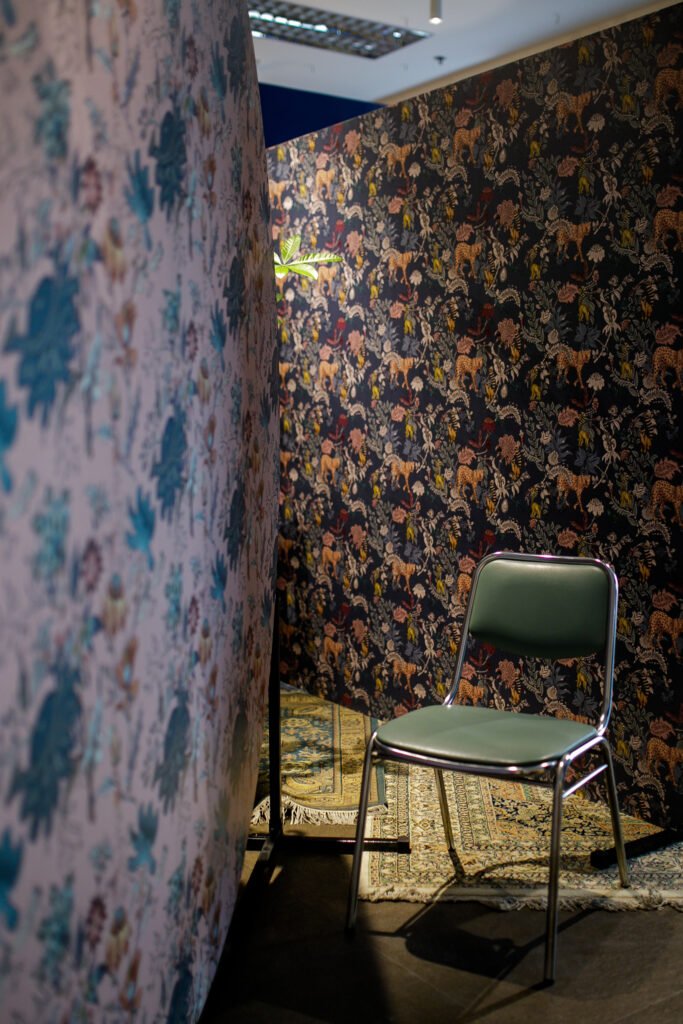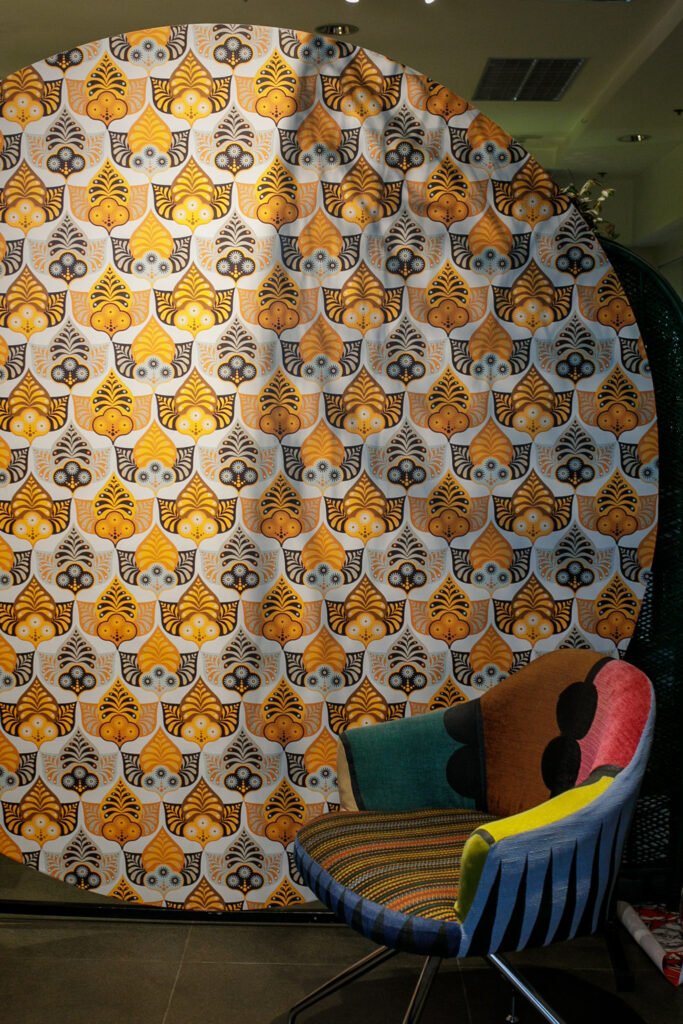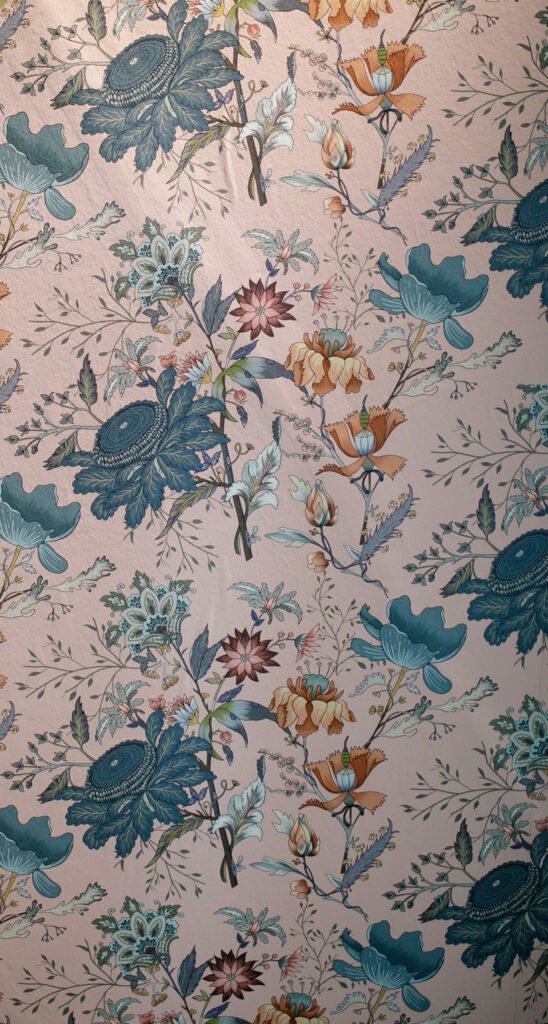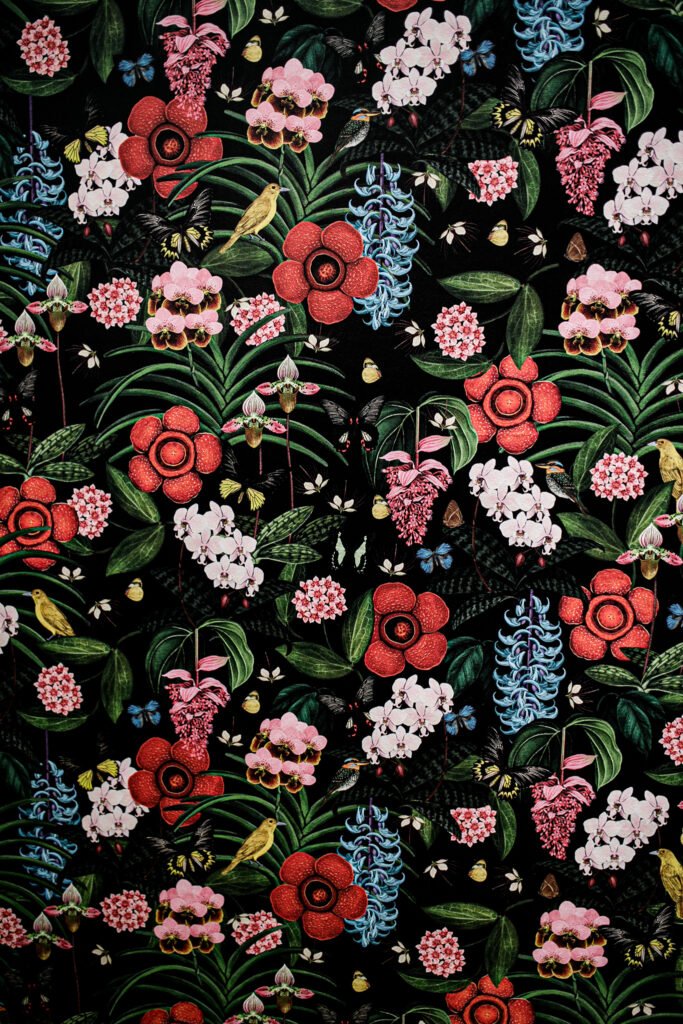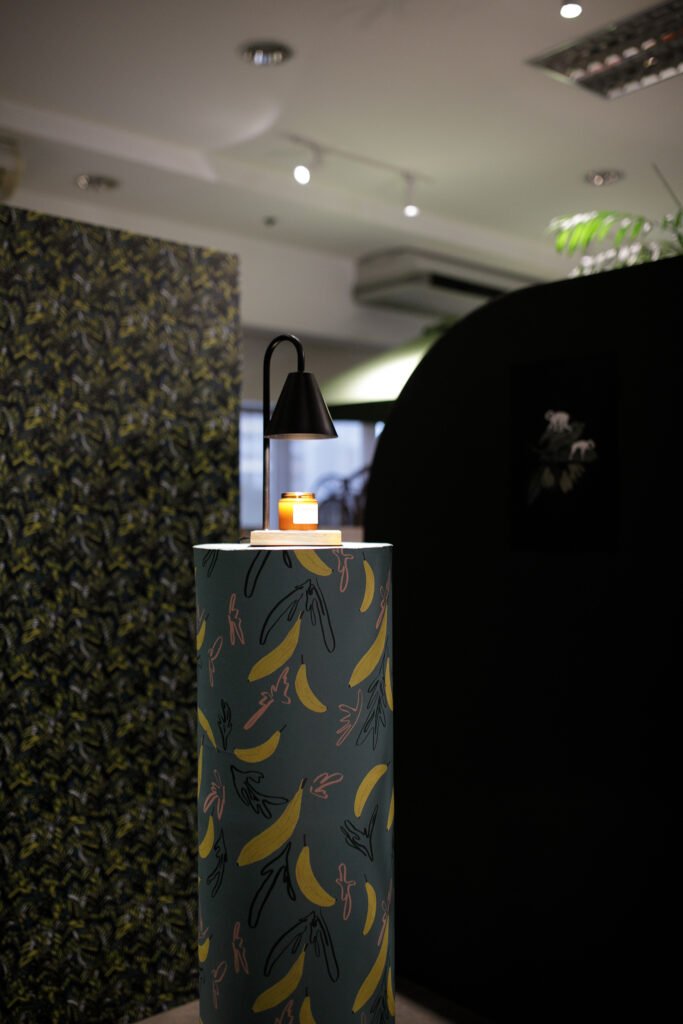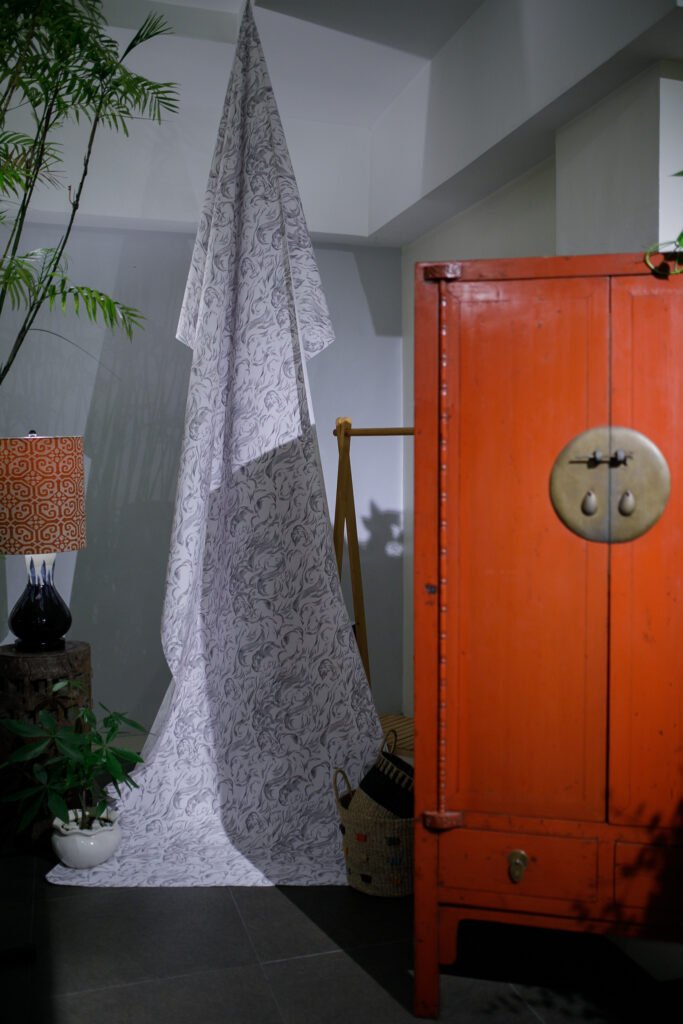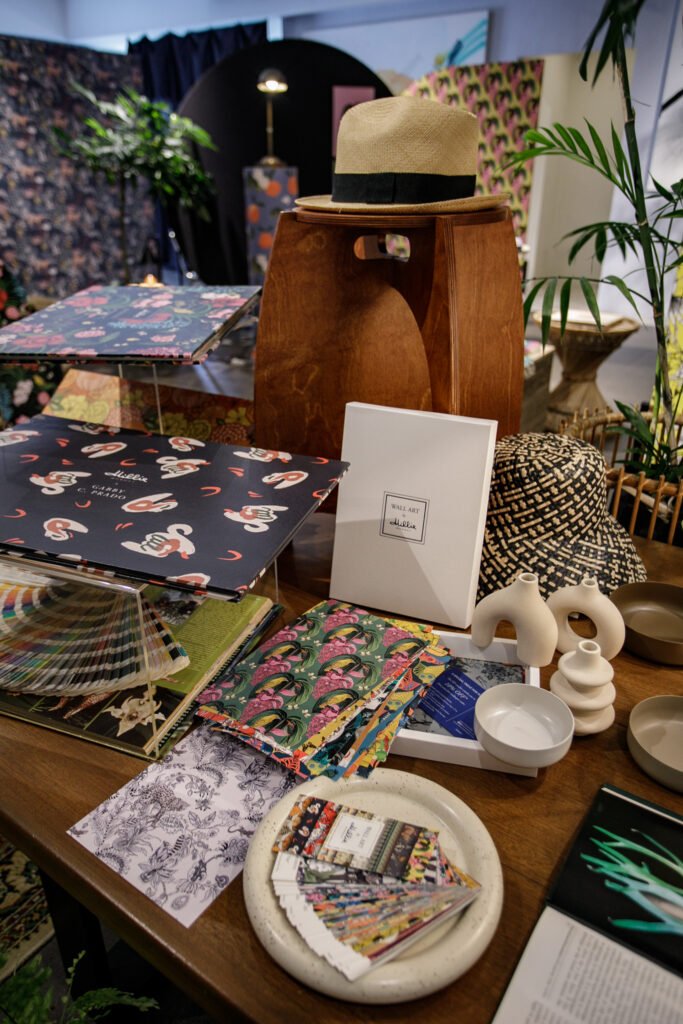Interview Gabrielle de la Cruz with Patrick Kasingsing
Images Millie Monday
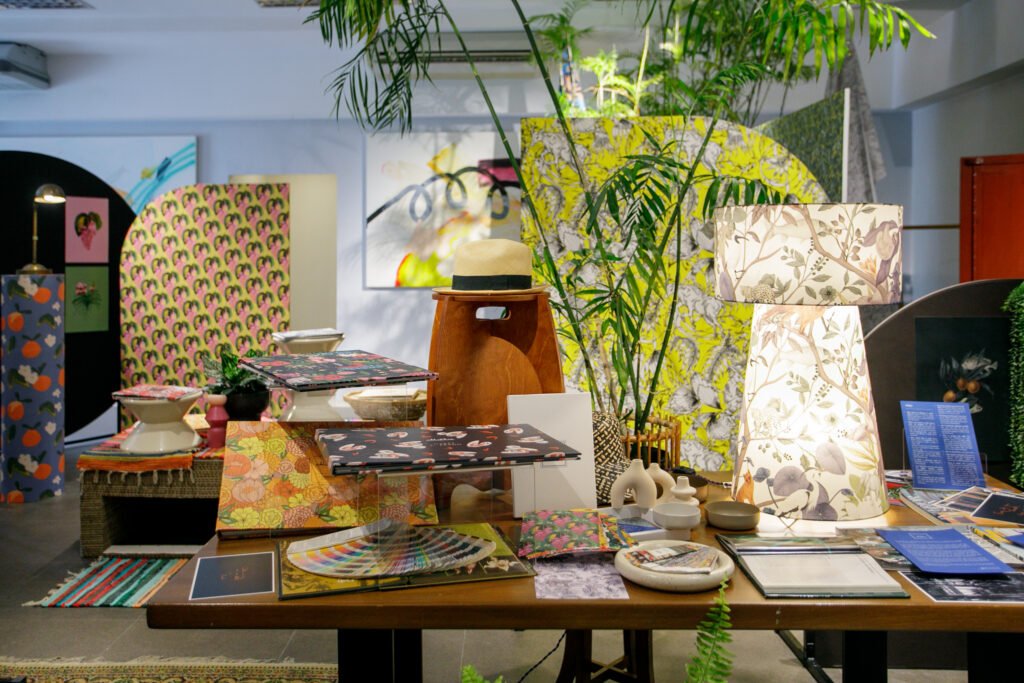

Hello, Mariel, Margot, and Gio! Let’s start with the basics: can you recall the beginnings of your brand for our reader? What did you set out to do with Millie Monday?
Mariel Ching, co-owner: Hello, Kanto! Thank you for the interview. Millie Monday is a result of our printing business’ evolution and realized dreams over the decades. For as long as we can remember, print has been our DNA, and we’ve only been doing commercial printing.
It was only in 2017 that we were able to set up another company called S+D by Primex. This marked a transition in the business, as we started printing on other substrates like wallpaper, wood, acrylic, and the like. Still, the direction at the time was to be a one-stop shop for all our corporate clients and was not retail-related.
And then the pandemic happened in 2020. This was when we had more time to pursue our long-term plan to produce our products and sell them. It honestly started with panic—having no work for two and a half months and not having the heart to let go of any of our 90 to 100 employees at the time. We decided to start as a small Instagram store called S+D Made, selling home accessories such as catch trays, coasters, placemats, calendars, and more; and then we slowly built our website. We rebranded as “Millie Monday” last year, 2023.
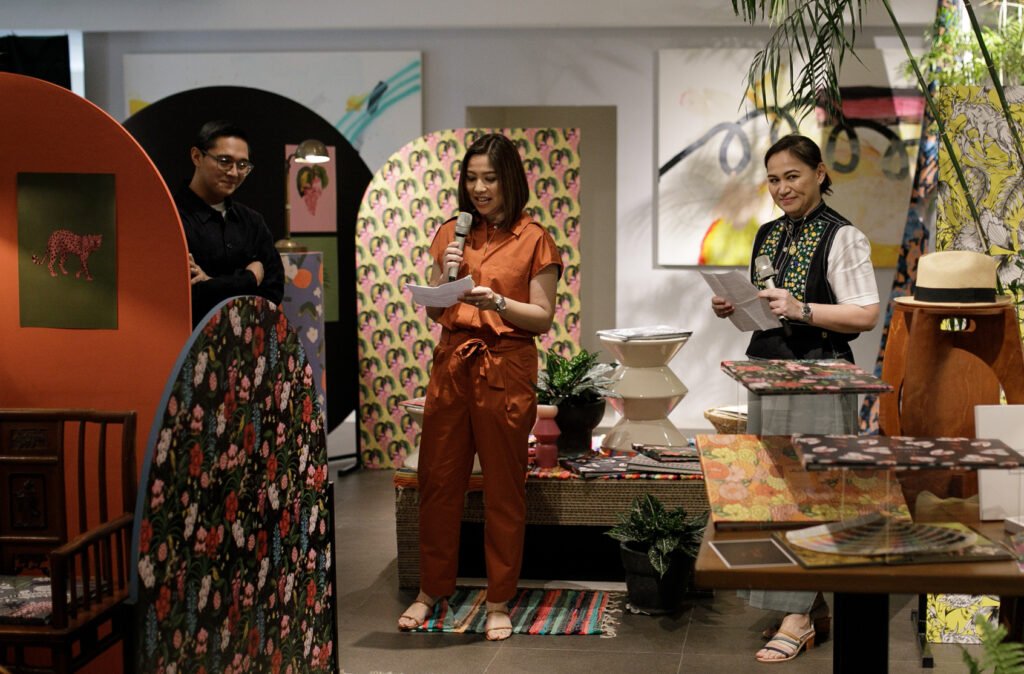
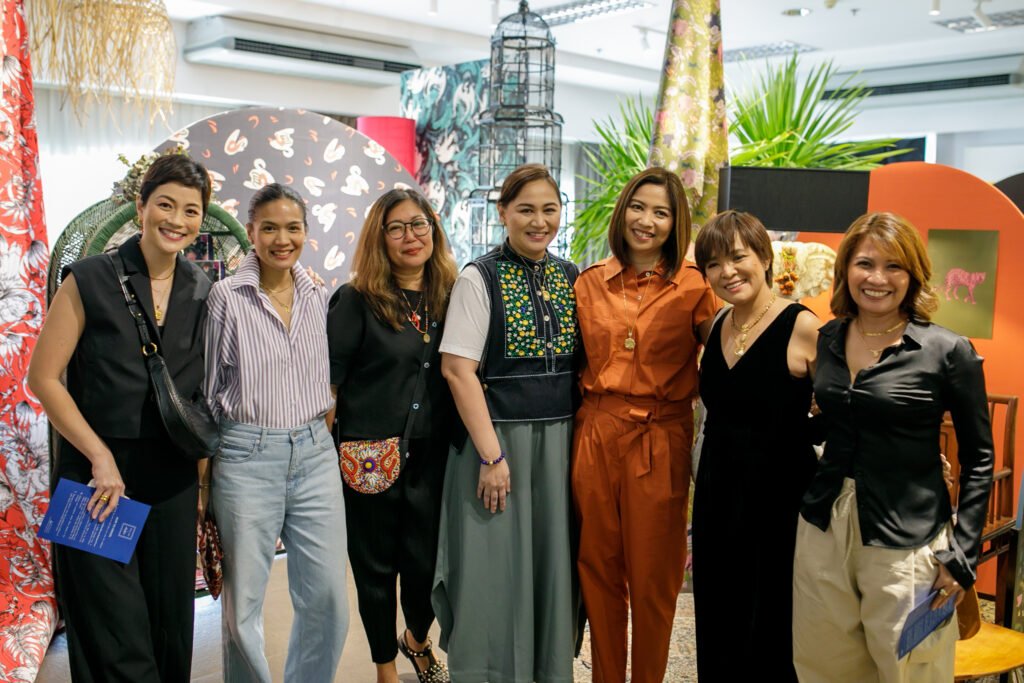
What was the game changer? How did Millie Monday transition from a small online store into a retail brand?
Mariel: The real game-changer was Kultura! Our debut with them was when they launched their first Filipino Design Studio in The Podium Mall last September 2022. The studio housed our Vigan collection, which included our best-selling home accessories: placemats, coasters, catch trays, and the like. These are straightforward but useful products that can also be given as gifts; they are realizations of our mom’s dream of producing well-made Filipino souvenir items.
Introduce us to the matriarch of the family, Millie! Can you tell us more about her and her passion for retail?
Gio Prado, product designer: Well, she’s a shopper! I think it’s also because she is from a generation that believes that you should always buy a souvenir when you visit a place. She has seen how most of our local items’ designs have not evolved over the years and just wanted to have products that give justice to the beauty of local culture and tourist destinations. I see the wisdom behind this. As a product designer, I know how even changes in packaging make a lot of difference. People notice it when a product now comes in a Ziplock bag, or when the layout or design of even just our food products change.
Mariel: Adding to what Gio said, I also believe it’s about time we grow from the usual pasalubongs (souvenir items) here in the Philippines. These products are vital in attracting foreign markets and generally reflect Filipino culture and craftsmanship.


So, what were some of the steps you took to avoid souvenir tropes? What images of the Philippines did you want to sell?
Margot Prado, co-owner: One thing that we were sure about is that we would be able to come up with good products because we were going to print them ourselves. We were confident because we’ve been known for printing excellence for a long time. Design-wise, we were blessed to work with artists like Mia de Lara of Studio Mia, whose artworks for the Vigan collection showcased the UNESCO World Heritage site Calle Crisologo. Her illustrations featured cobblestone streets, calesas, and women and men in Filipino garb. I guess in terms of ‘image,’ we already know the cultural institutions and objects associated with the Philippines, so we aren’t reinventing the wheel there. What’s different about Millie Monday is the quality and execution of our items. Our product lineup also caters to current tastes and needs.
Mariel: Just to give a background, our transition to retail required a lot of reflection: What do we want to do? What are we trying to represent? What is our purpose?
We are known for our excellent printing output and service, but we also tend to gravitate toward special projects that require product development and special execution. We realized that this was where our strength was, and that’s how we came up with our products. For example, if we wanted a catch tray, then it cannot just be a simple catch tray. How lightweight do we want it to be so it can be given as a gift? What measurements should we follow so it can fit inside a suitcase?
For the Vigan collection, I echo Margot and think it was also more of the execution that made it special. Toile de Jouy was very popular among international designer brands at the time, and Mia came up with something like this for the collection.


What followed the success of your home accessories collection was the launch of the Wall Art wallpaper collection. What prompted the creation of this line, and why is now the perfect time to release it?
Margot: In March 2020, we prepared to be part of a hotel and interiors show at the SMX Convention Center. We already had a booth set up, which included artworks by Allessa Lanot for wallpaper, canvas prints, wall art, and more. We were supposed to launch the wallpaper collection then, but the show was canceled due to the pandemic.
Mariel: Before the launch of SND, I also attended a seminar in Singapore hosted by HP in 2016. One of the success stories of their customers is a wallpaper printer in Thailand, who would simply print wallpapers and sell them. I thought that we didn’t have anything like that in the Philippines and felt like it was something we could do.
When we offered wallpaper printing as a bespoke service in 2017, the reception was not that good. The market was not ready, we did not have the right material, and we did not have a design library, so customers had no options to choose from.
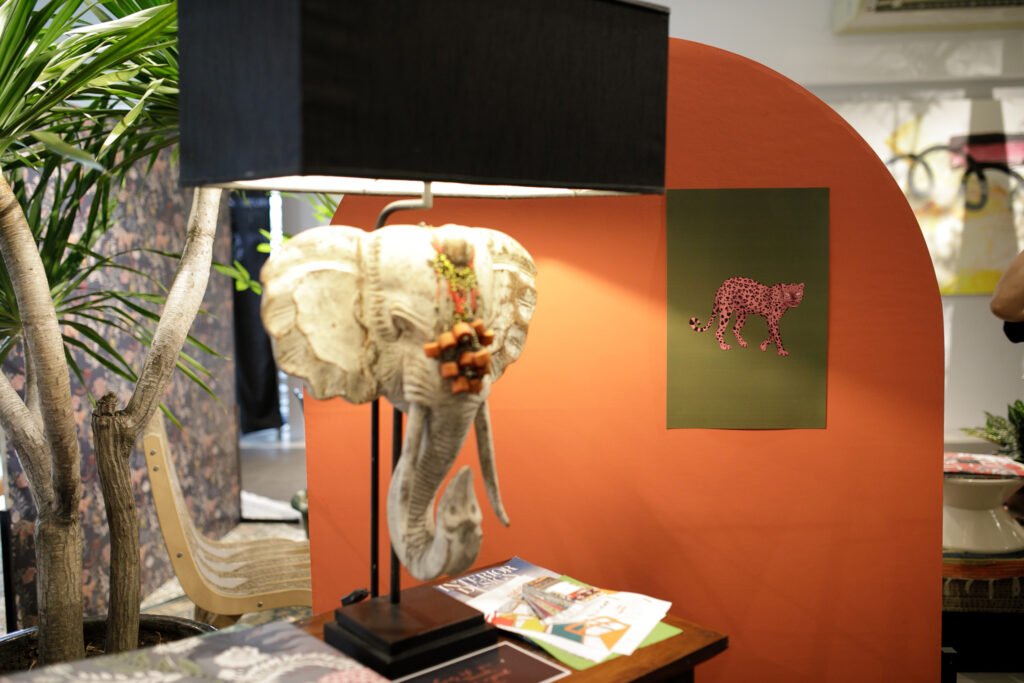
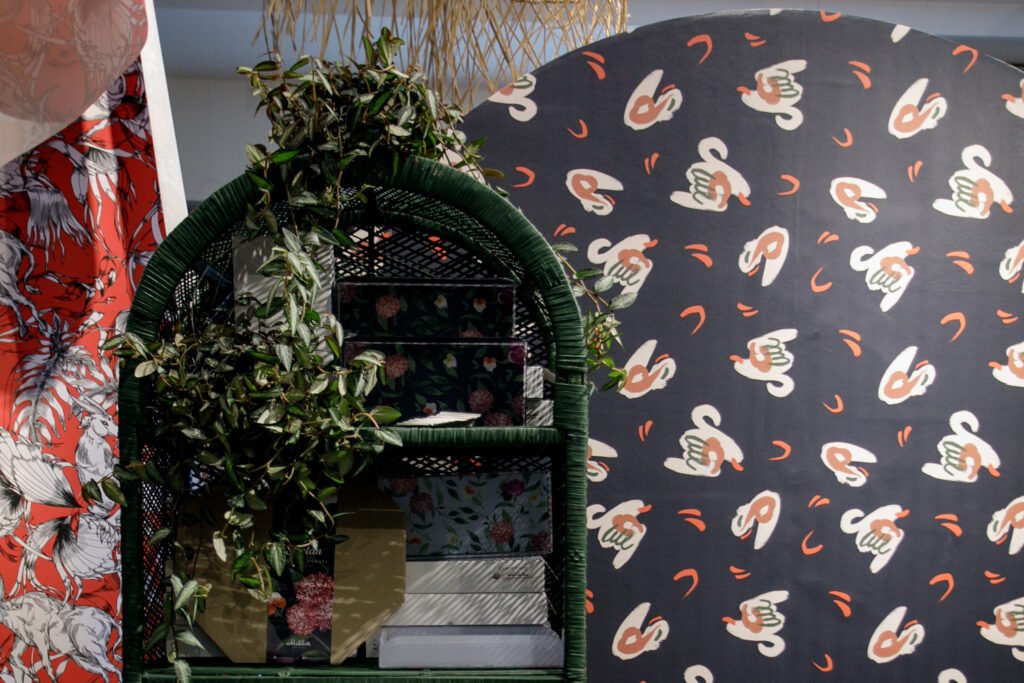
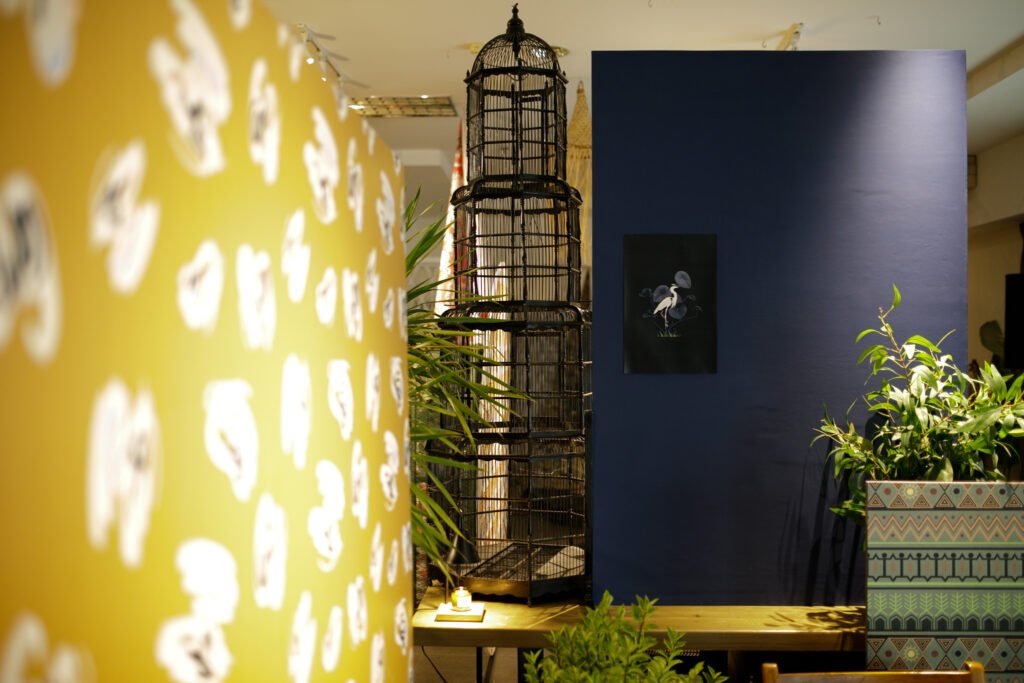
Were there trends, insights, or market studies that suggested that the time was ripe for this offering? How would you describe the Filipino market’s relationship with wallpaper usage?
Mariel: One thing that we noticed with our local competitors is that they had no local artists. All their designs were made by artists from the United Kingdom, Netherlands, United States, Australia, and more. We browsed designs and thought that our Filipino artists were more than capable of producing artworks as such.
We saw a resurgence of wallpaper demand during the pandemic when people started to reexamine the design of their homes. Filipinos went into a lot of DIY, home renovation sprees during the two-three years of the pandemic, and the demand for home decor items like wallpaper surged. There was also a clamor to support local artists, a lot of whom also sold their wares during the lockdowns, so we felt like now was perfect timing.
Can you walk us through the process of selecting your artistic partners for this collection? Did you have initial names in mind? Was there an overarching theme to follow, perhaps patterns or colors that dictated the artwork or the process? Or did the artists have full creative license to design according to their approaches?
Mariel: Our relationship with select local artists goes way back. We are grateful to the late Mikka Padua of Seek the Uniq, who pioneered the online selling of well-curated local and international brands in the Philippines. She was one of our clients and helped us establish our market by including us in her pop-up in Rockwell. She also introduced us to Mia de Lara, who is now one of the artists we regularly collaborate with.
Margot: The Wall Art series features collaborators that we have previously worked with. Meetings were difficult during the pandemic, so we started with artists we already knew. We reached out to the likes of Alessandra Lanot, Mia de Lara, and even my daughter Gabby Prado. We didn’t follow a certain theme as we wanted to offer a variety of good design styles.
Gio: Most of the prints for this collection feature flora and fauna, and many artists create works on this, so we also looked for talents who have distinct styles. While the wallpapers were launched as a collection, we want to allow each artist to individually stand out.
Mariel: There is this notion that like-minded people attract each other, and we believe this was the case for this collection and Millie Monday in general. Some of our friends introduced us to artists such as Raxenne Maniquiz and Feanne, we started following them, and now we have a Wall Art wallpaper collaboration with each of them. It also helps that we now have this design library. The facility itself shows that we are a legitimate business and assures artists that they can entrust their artwork to us. I know that we are not the first company to have this, but we believe that it is an important factor.
Wall Art by Millie Monday featured artists Mia de Lara and Gabby Prado
Tell us about the process of working with the artists. Can you let us in on the artistic brief you give? How does the creation process proceed for the wallpaper designs? What are some of the steps taken to ensure that the designs produced are fit for use as wallpaper?
Margot: When collaborating with artists, we make sure that they are involved in the process. Whether it’s a small tweak, formatting, or changing a background color, the creator must be aware. The artists are also given creative freedom in designing. The only non-negotiable we have is that they must be able to convert their art into digital art. It is also necessary that the artwork has a pattern and is repetitive because we tile them for printing. The width of each roll is five feet, and each design must be easily connected to the next panel.
Gio: To tile each design, we provide a template where the artists transpose their work. The template has invisible lines to follow and ensures that an artwork is ready for printing.

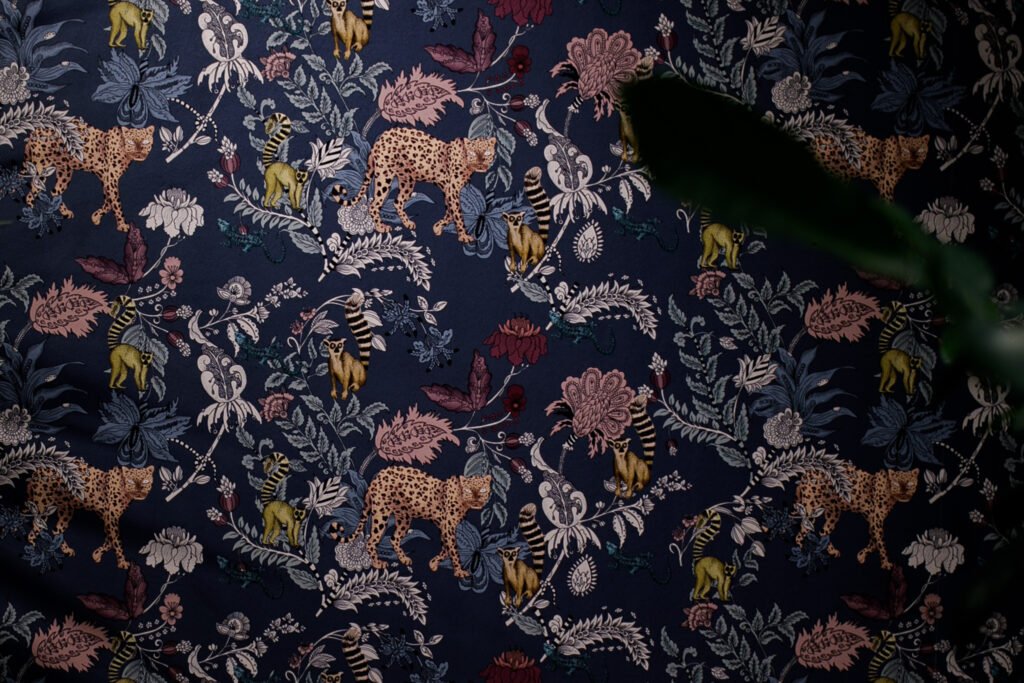
Let’s proceed to the nitty-gritty of your sustainable printing process, as this is one of the attributes Millie Monday is proud of for the Wall Art collection. Can you walk us through the use of green technologies to print the wallpapers? What happens to paper waste or how are they recycled?
Margot: Our machine is a green-certified HP Latex with water-based inks that are solvent-free and non-toxic. One thing that we appreciate about HP is that they also have CSR activities such as printing wallpapers for hospital rooms, so you know they are safe indoors.
The people who are most at risk during a typical printing process are the operators. They are vulnerable to respiratory illnesses, and we don’t want any of that for our team.
Regarding paper waste, we segregate them for easier distribution to collectors. We follow a color-coded system where we separate white from assorted or colored paper.
Gio: We also make sure to set aside not only paper but also other material scraps that can still be used for other products. Bins are located next to every working station to ensure proper segregation.
Mariel: One thing we learned over the years is that some of our clients sell or require wallpaper in rolls. Because of this, we designed a minimum order quantity or MOQ, which equals a single panel with a base price. We then charge per square meter after this to minimize waste, only if it fulfills the roll width of the material. We find this process efficient, especially for those who are buying door cutouts and windows.
You also banner the use of Neschen Green Wall as wallpaper covering. Can you let us in on how this product enhances the wallpaper’s environment-friendly attributes?
Margot: The Neschen Green Wall is FSC-certified, PVC-free, and solvent-free, so it complements how the machine and ink are safe for indoors and the environment. We tried three other variants from the Neschen brand, but this sandy-textured one was the best fit. In terms of pricing, this makes us more expensive than other brands.
Gio: Solvent is the lingering scent you pick up after printing with tarpaulin, and in the Philippines, this is still very common. Our neighboring countries have already prohibited printing with solvent as it is very harmful to the environment.
Now that you’ve touched on pricing, how is Millie Monday’s wallpaper art series priced in response to competition and current trends? What factors govern its price?
Mariel: We knew that our prices would be more expensive than most from the beginning as we positioned the collection as wallpaper art. All the illustrations in our products are originally done by the artists we collaborate with, and some of them are exclusive to us.
One thing that we also observed is that the current generation is more aware of the value of art, and the idea is that this collection allows one to invest in art through a different medium.
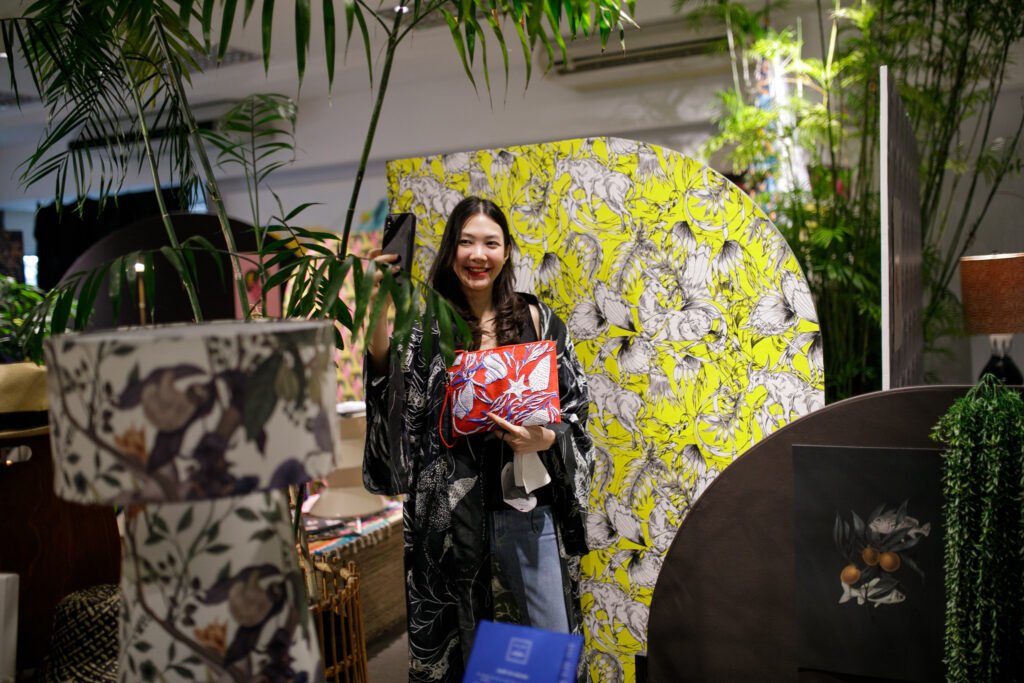
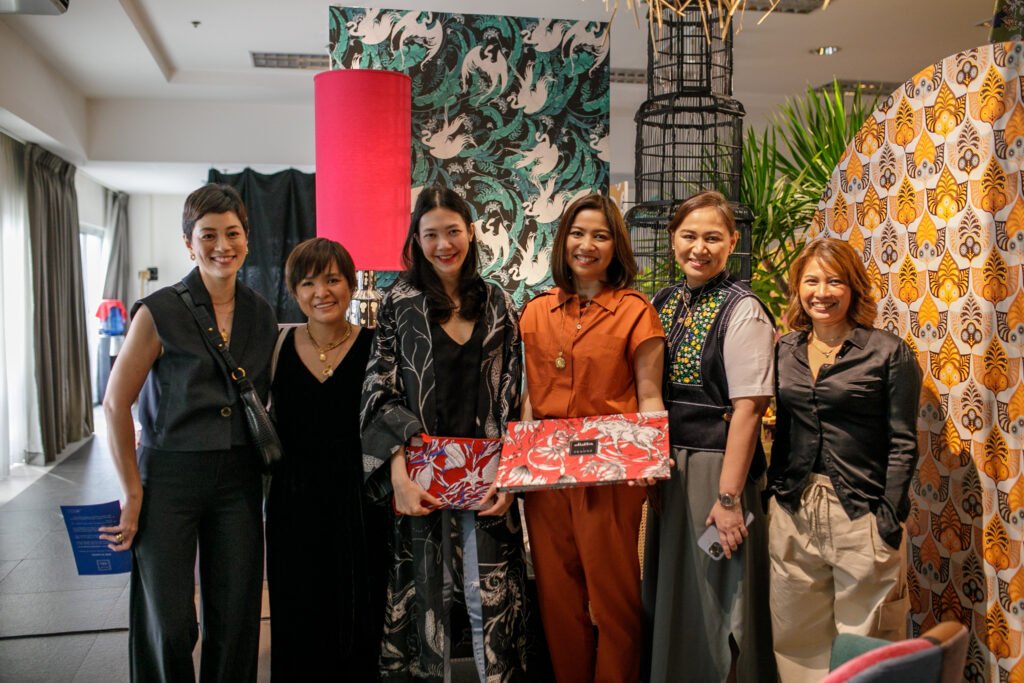
Successful collaborations require trust and conditions that equally benefit both parties. Let’s talk compensation: How are the artists compensated, considering that their work will be produced in multiple copies? At the same time, how do you see this collaboration contributing to the overall growth of your business?
Mariel: We have contracts with the artists we collaborate with and there is an agreed royalty. We want to make sure that they benefit from their partnership, and we believe that it should be a platform for everyone to shine.
Each license agreement usually stipulates a two-year timeline. This changes depending on whether we renew the artist for the same artwork or require the artist to submit a new collection. Again, some designs are exclusive to us, while some are free for the artists to use elsewhere.
We also have in-house artists. Most of them were initially hired to do technical work like layout and output plates, but we thought that if we were collaborating with outsiders, then we should also help our employees. We began by assigning them certain projects and were surprised by how some of them delivered. It was like having a design contest here in our office!
One of our employees featured in the Wall Art series is Cleer Tapales, who came up with the “Wild Bloom in Savana” design.

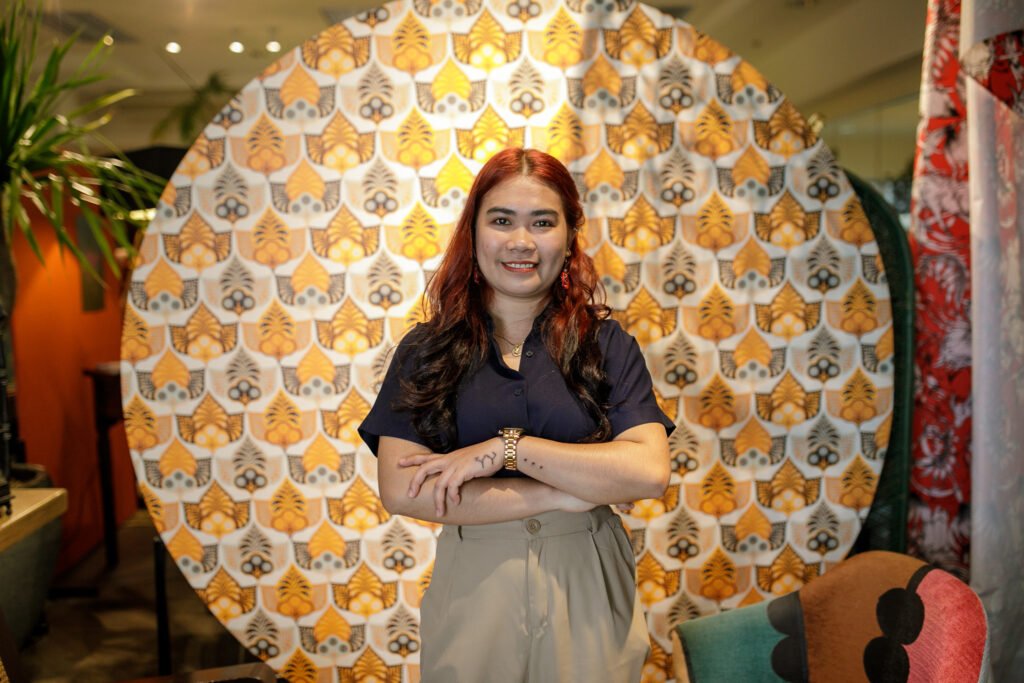




How nice to hear that the Wall Art series also introduces new names to the art industry! Going back to the design process, we understand that there are options for clients to alter the artwork in terms of color to work with their spaces. However, this could affect or go against the artistic vision of the illustrator in some cases. Are there safeguards in place to protect the integrity of the artworks used in the wallpapers?
Mariel: There has been a wallpaper project where we had to change the background. For cases like this, it’s either the artists change the artwork themselves, or we do it for them, and then we send it back for approval. We always give them a heads-up as a sign of respect.
For every project, we do an ocular of the client’s space and where the wallpaper will be placed, explain technicalities, and offer free wallpaper installation. Most of the time, we discourage our clients from installing the wallpapers themselves. It matters to us that everyone is satisfied with how each wallpaper turns out.
Gio: Adding to that, the reason why we do an ocular is to make sure that our clients’ walls are wallpaper-ready. There are cases when the walls are uneven, so we discourage placing wallpaper on them simply because it will not look good.


You follow a tedious process and are very particular with the quality of your output. Have you ever said no to a project?
Gio: We’ve had clients ask if the colors of our products can be adjusted to their branding palette, and there were times that we had to say no. Situations like this are hard because admittedly, it’s tempting especially if it’s a massive order or from a big client. Even so, we go back to our principles and explain to our clients that this will go against our brand values. Most of them will understand and be reaffirmed that we take our craft seriously.
Mariel: There were also times that we were asked whether we could print company logos on each of the items. We say no to requests like this as a sign of respect to the artists. Our DNA may be print, but we emphasize that our products should be regarded and treated as art.
Will you accept artwork from a client or from an artist who is not part of your roster?
Mariel: We still offer wallpaper printing as a service, so yes! As long as they fulfill the criteria and the digital file is print-ready and in high resolution, then we will be open to it.
Designers and creatives are at the heart of your business. Have you had the chance to collaborate with or customize pieces for local interior designers and architects? Any upcoming collaborations that you are most excited about?
Mariel: We haven’t collaborated with local designers or architects, but we’ve had a client who’s an interior designer. We are currently brewing a potentially exclusive collection with a local furniture brand. We’ll share when it materializes. We are definitely excited about it, and we hope that this is only the start of more collaborative projects!
Now that the wallpaper art series has been out for some time, can you share some of the artists’ feedback regarding the commission? Any memorable anecdotes or moments that best illustrate your collaboration with local artists?
Gio: For me, what best shows the artists’ enthusiasm for the project is when they ask us if they can come over to observe the process. We’ve heard requests like: Can I see the prototype? Can we post the manufacturing process on our socials?
Margot: During the Wall Art exhibit, we asked the artists if they were happy with the outcome, and they all said yes! I think the best feedback that we receive is when they buy the products themselves.
Mariel: Our rule for Millie Monday is simple: if we’re not happy with it, then we don’t launch it. And by happy, we mean that we have to be crying over the work. We look at the output and ask each other, including our artists, “Is it enough to make you cry?” If not, then we try again. It’s a strange way to do it, but that’s how we know we came up with something really good. And we’re glad to have shared tears of joy with the artists we’ve collaborated with so far. •
Gabrielle de la Cruz started writing about architecture and design in 2019. She previously wrote for BluPrint magazine and was trained under the leadership of then editor-in-chief Judith Torres and previous creative director Patrick Kasingsing. Read more of her work here and follow her on Instagram @gabbie.delacruz.


